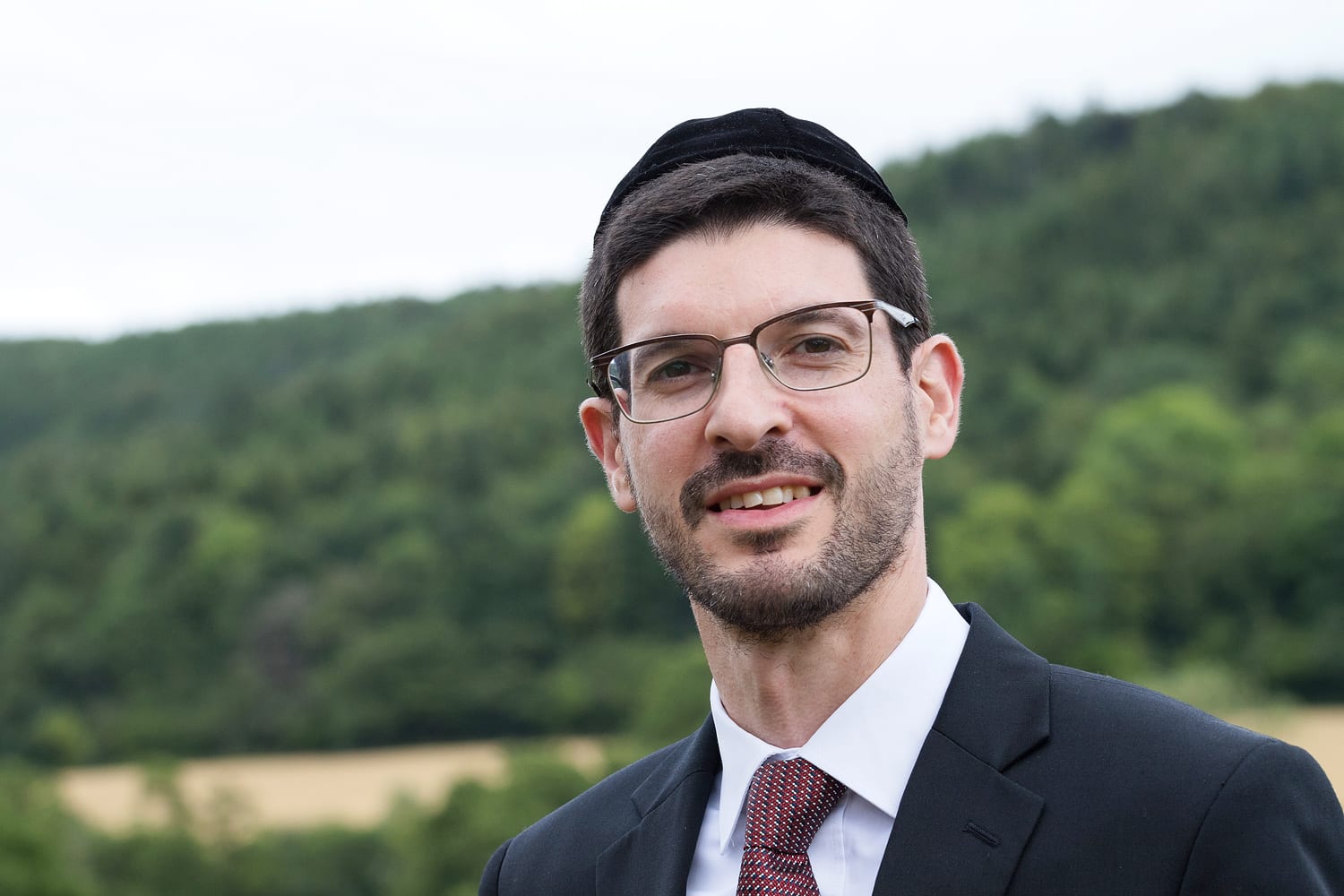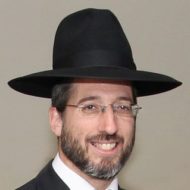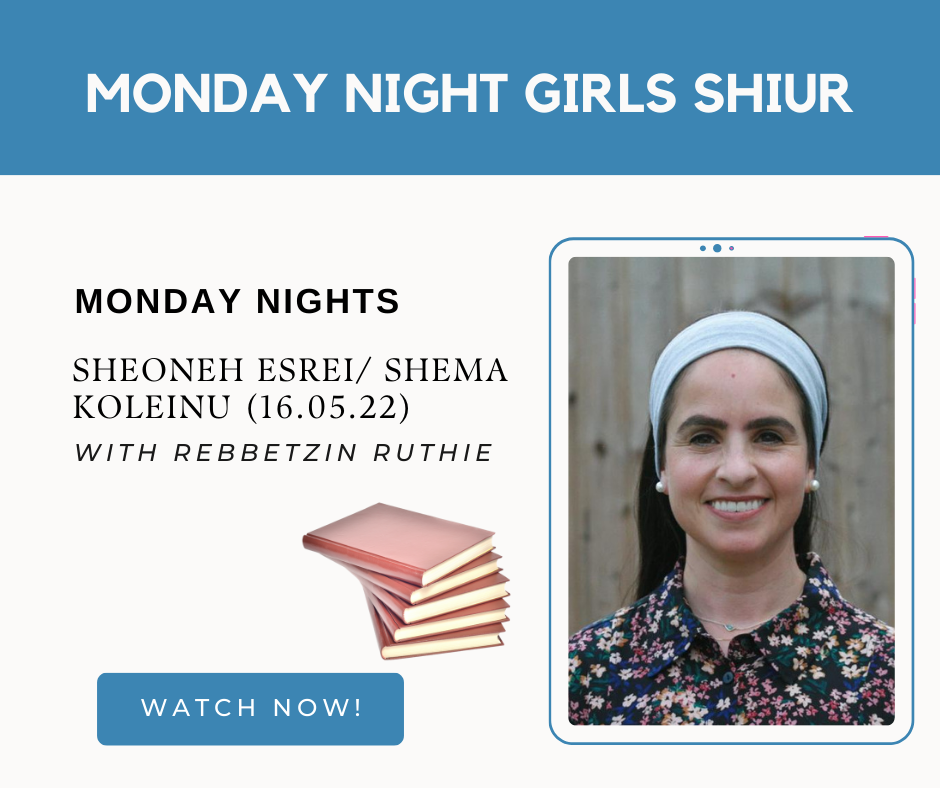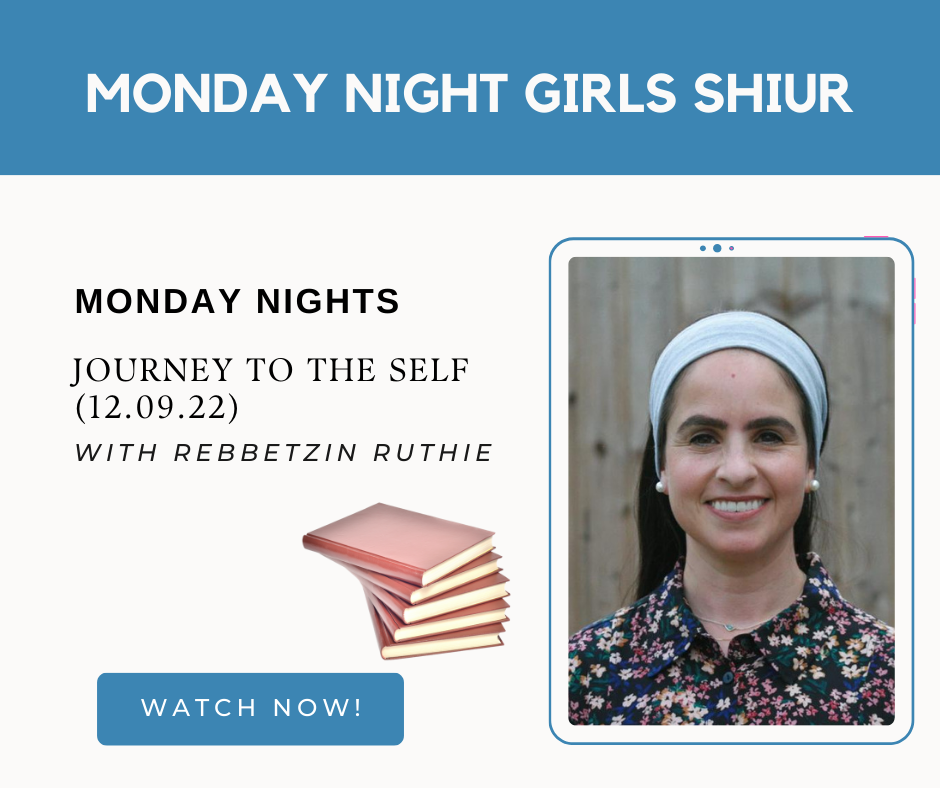
During Yom Kippur we restored our relationship with Hashem. On Sukkot we learn how that relationship should affect our everyday lives.
The principal lesson we learn is that Hashem has made comprehensive provision for all our needs. This lesson is multi – faceted.
In the first instance we learn that Hashem will take care of our material requirements. We are instructed to sit in a succah during the season when farmers are gathering in their crop to show that we should not look to our own abilities as our source of income. The succah reminds us of the shelter provided directly by Hashem to our ancestors in the midbar (wilderness) with no effort required on their part (Kli Yakar; Vayikra 23,42).
In the mitzvah of the arbah minim lies the message that we have been given all the tools we need to make the contribution required from us.
The etrog has three distinctive features:
- It is a “pri” (fruit).
- It grows on a tree.
- It is described in the Torah as “hadar” (splendid; Vayikra; 23,40). This description refers not just to its appearance, but also to the fact that the etrog and the tree on which it grows are identical in taste (Succah 35a).
R’ Shimshon Rafael Hirsch z”tsl notes that each of the other three minim display or symbolize only one of these characteristics.
The lulav frond comes from the fruit bearing date palm. However the lulav itself clearly does not taste like the fruit it helps produce. It symbolizes the “pri” without the “hadar”.
The haddass is hadar in precisely the same way as the etrog is hadar. Aside from its pleasant, ordered appearance the fragrance held in its leaves extends throughout the shrub from which it is picked. However the haddass is not a “pri” and has no connection to fruit production.
The aravah displays none of the above characteristics. It is neither pri nor hadar. It is simply etz (wood).
These singular characteristics possessed by the three minim in fact signify three distinct stages in the development of the etrog. The aravah points to the tree on which the etrog is to grow. The haddass stores a fragrance or taste which it might transmit to a fruit but does not. Finally the lulav passes all its flavour to a fruit – without retaining any residual flavour itself.
The etrog symbolizes creation perfected, whilst the other minim symbolize the developmental stages in that creation. Through commanding us to take these minim at the same time as the etrog, the Torah is telling us that the factors which combine to form the glorious creation are as important as the creation itself.
Rav Hirsch z’tsl writes that the minim are a metaphor for different types of individual. The aravah is the simple, modest person with no special attributes. He may go about his life without much obvious success at all. The hadass alludes to the individual who displays and contains inherent beauty and substance. The lulav points to the individual who works tirelessly and productively, without receiving recognition.
Just as each of the minim themselves represent a crucial stage in the development of the etrog, so too the individuals which they symbolize are to realize that their lot in life is all that they require to play their part in Hashem’s masterplan.
Another aspect of the central lesson of sukkot is the idea that a person is sure to get what has been set aside for him. No-one can touch the portion that has been pre-ordained for another.
An interesting Hasidic custom exists whereby the Rebbe lobs a number of apples towards his congregation at the conclusion of Simchat Torah. The first Klausenburger rebbe, Harav Yekusiel Yehudah Halberstam z”tsl (Shefa Chaim) explains this custom as being based on the above-mentioned idea. The apple that you catch – if you indeed catch one – is the one that has been destined for you.
The Rebbe relates how the son in law of the Shinover rebbe was once extremely unwell over Simchat Torah. Not wishing to miss out he requested that his bed be carried into the adjoining room of the bet hamedresh so that he could at least follow the proceedings by ear. As the festivities progressed he noticed that the noise level had increased considerably. It occurred to him that the Rebbe was about to dispense the apples, the climax of the chag. This heightened his disappointment at not being able to be present and tears began to seep from his eyes. Suddenly as his despair was mounting an apple arched its way over the crowd, smashed the window of the room in which he was sitting, and arrowed on to his bed.
This episode served to emphasize the lesson of the apple throwing ceremony itself; that a person will receive what has been set aside for them no matter what.







